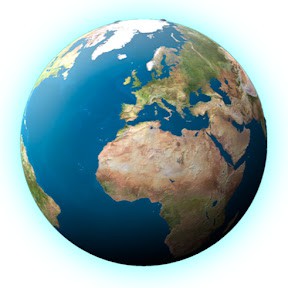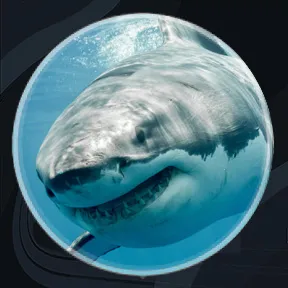Wild Pacific | The Beauty of Life
The Pacific Ocean is the largest and deepest of Earth's oceanic divisions. It extends from the Arctic Ocean in the north to Antarctica in the south and is bounded by the continents of Asia and Australia in the west and the Americas in the east.
At 165,250,000 square kilometers (63,800,000 square miles) in area (as defined with an Antarctic southern border), this largest division of the World Ocean - and, in turn, the hydrosphere - covers about 46% of Earth's water surface and about 32% of its total surface area, making it larger than all of Earth's land area combined (148,000,000 square kilometers).
The centers of both the Water Hemisphere and the Western Hemisphere are in the Pacific Ocean. Ocean circulation (caused by the Coriolis effect) subdivides it into two largely independent volumes of water, which meet at the equator: the North(ern) Pacific Ocean and South(ern) Pacific Ocean.
The Galápagos and Gilbert Islands, while straddling the equator, are deemed wholly within the South Pacific.
Its mean depth is 4,000 meters (13,000 feet). Challenger Deep in the Mariana Trench, located in the western north Pacific, is the deepest point in the world, reaching a depth of 10,928 meters (35,853 feet).
The Pacific also contains the deepest point in the Southern Hemisphere, the Horizon Deep in the Tonga Trench, at 10,823 meters (35,509 feet).
The third deepest point on Earth, the Sirena Deep, is also located in the Mariana Trench.
The western Pacific has many major marginal seas, including the South China Sea, the East China Sea, the Sea of Japan, the Sea of Okhotsk, the Philippine Sea, the Coral Sea, and the Tasman Sea.
Fish are an important economic asset in the Pacific. The shallower shoreline waters of the continents and the more temperate islands yield herring, salmon, sardines, snapper, swordfish, and tuna, as well as shellfish.
















































